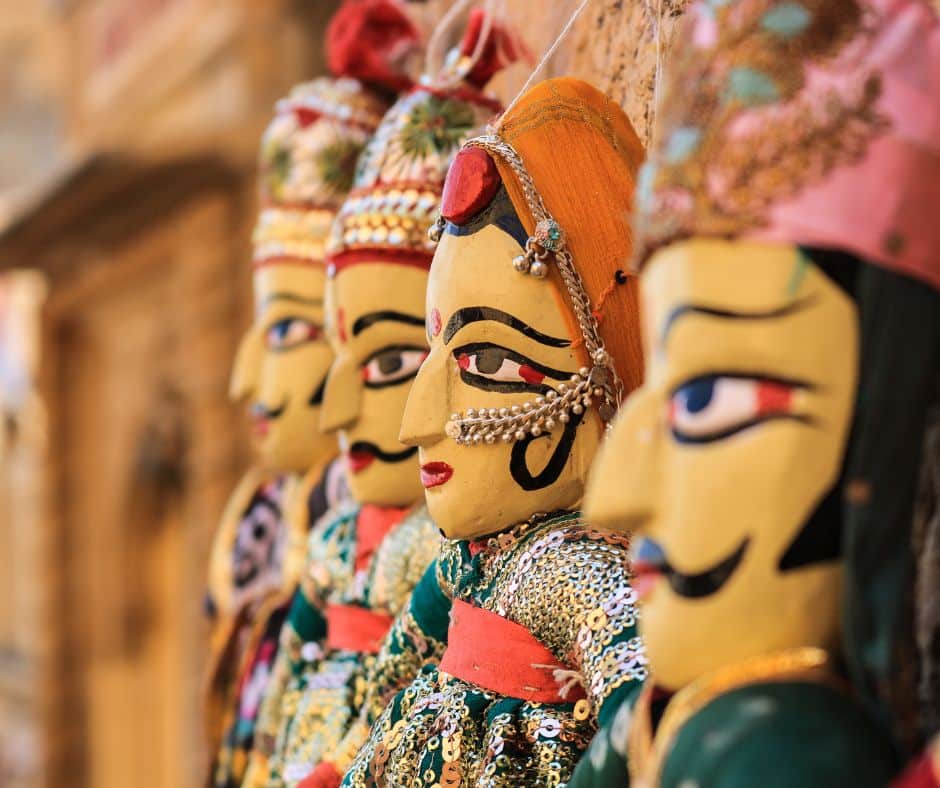You’re sitting in a plaza munching on a tamal when—wait, is that a pirate dueling a chicken with a broomstick? Welcome to the delightfully absurd, surprisingly profound, and occasionally head-scratching world of Costa Rica’s travelling theatre scene. It’s where Shakespeare might share a stage with a luchador, and cardboard props double as metaphors for environmental justice. This isn’t your average stage show. It’s pura vida performance, taking art where theatres don’t—and where the weird is not only welcomed but celebrated.

What is Costa Rica’s travelling theatre all about?
Costa Rica’s travelling theatre is a grassroots movement that brings live performances to public spaces.
These performances are usually mobile, low-budget, and powered by creativity instead of cash. Groups often tour small towns, beach communities, or rural villages, transforming parks, sidewalks, and even jungle trails into living stages.
- Guerrilla-style storytelling
Actors set up quickly, perform with portable props, and sometimes surprise their audience mid-picnic. - Mix of puppetry, physical theatre, and folk tales
Think giant papier-mâché frogs acting out colonial history or slapstick sketches about saving sea turtles. - Themes rooted in social commentary
Many performances tackle environmental issues, local folklore, or political critique, wrapped in humour and absurdity.
Where can you see these performances?
You’ll often stumble upon these shows in unexpected places.
Travelling theatre troupes aren’t tied to formal venues. They follow festivals, holidays, and community events, popping up wherever there’s foot traffic—or foot-tapping curiosity.
- Plazas and public parks
Open spaces provide both stage and seating—bring a sarong or sit on the grass. - Rural schools and village fiestas
These shows often double as community outreach and education, using laughter to teach. - Beaches, buses, and marketplaces
Yes, even your bus stop might become a Shakespearean stage—just don’t miss your ride.
Who’s behind the scenes—or behind the masks?
A merry mix of artists, clowns, puppeteers, and dreamers creates the magic.
These performers often juggle multiple roles: actor, writer, costume designer, set builder, and sometimes chicken wrangler.
- Independent theatre collectives
Small groups like Teatro El Paso, Colectivo Cactus, or Piedra de Luna have been known to criss-cross the country with just a van, a sound system, and a box of wigs. - University drama grads and street performers
Many are trained actors looking for more artistic freedom—and a direct connection with audiences. - Community-driven volunteers
Some groups bring in local kids, elders, or musicians, making the show an event of the people, by the people, for the slightly confused but amused people.
Why is the travelling theatre important in Costa Rica?
Travelling theatre makes art accessible and culturally relevant for everyone.
In areas where access to formal arts is limited or non-existent, these performances bring joy, conversation, and collective expression.
- Breaks down barriers
There’s no dress code, ticket fee, or fourth wall. Everyone’s welcome, and sometimes pulled into the act. - Preserves local culture and dialects
Performances often incorporate regional slang, old myths, and indigenous stories, keeping them alive and evolving. - Sparks social dialogue
Humour and creativity soften tough topics, encouraging communities to reflect and respond.
FAQ: Travelling Theatre in Costa Rica
Q: Do I need to understand Spanish to enjoy the show?
A: Not always! Many performances use visual storytelling, puppets, and physical humour that transcend language.
Q: Are these performances kid-friendly?
A: Most of them are wildly child-friendly—think goofy masks, animals on stilts, and jokes about burping volcanoes.
Q: How do I find out about shows?
A: Keep an eye on local Facebook groups, community bulletin boards, or ask the nearest guy in clown makeup (seriously).
Q: Is it just for tourists?
A: Not at all. These shows are mostly created by Costa Ricans for Costa Ricans, though visitors are always warmly included.
Q: Can I support these artists?
A: Yes! Drop a few mil colones in the tip hat, follow them on social media, or donate art supplies and old costumes.






